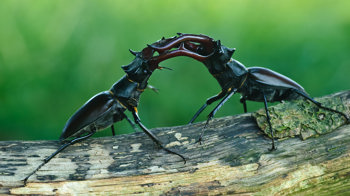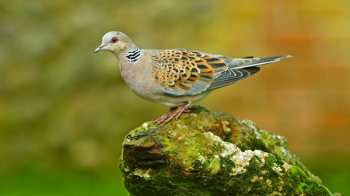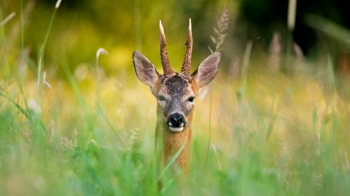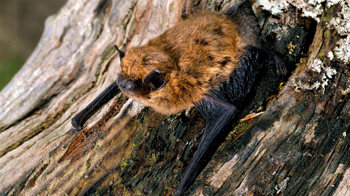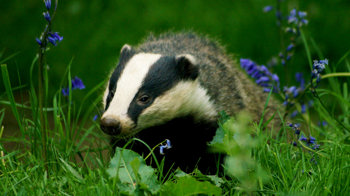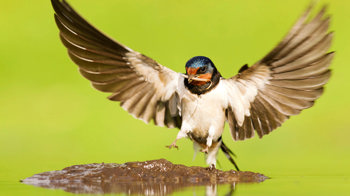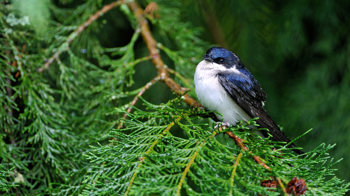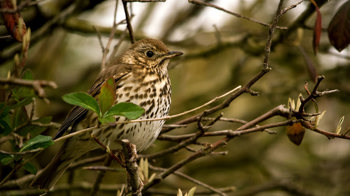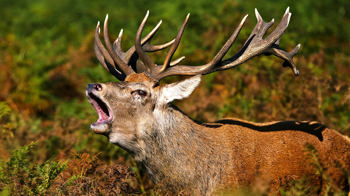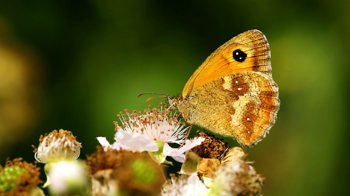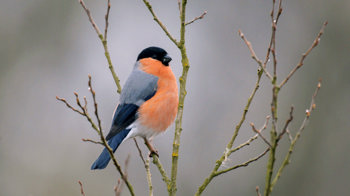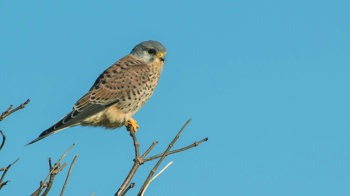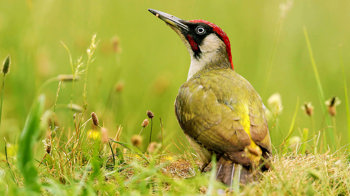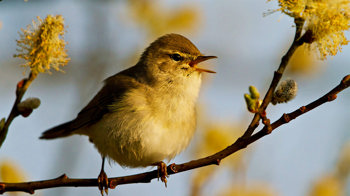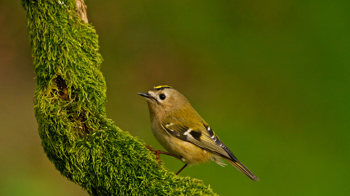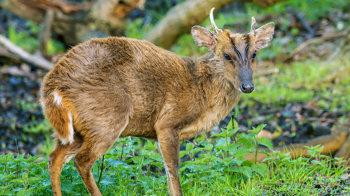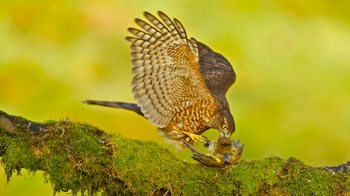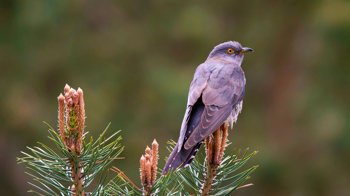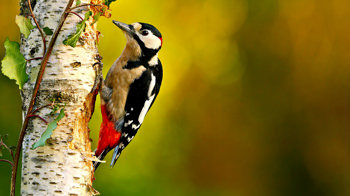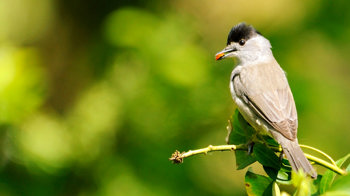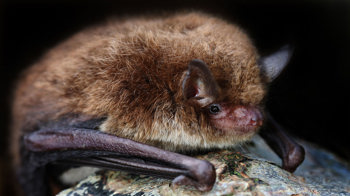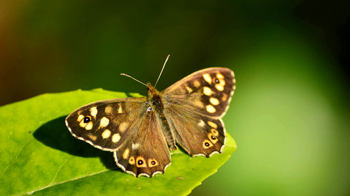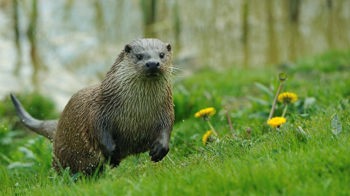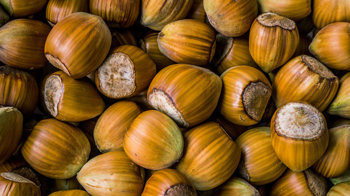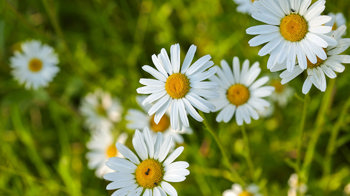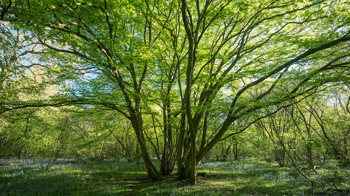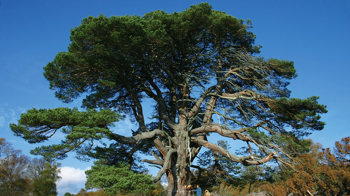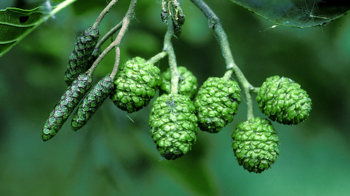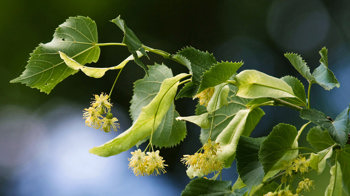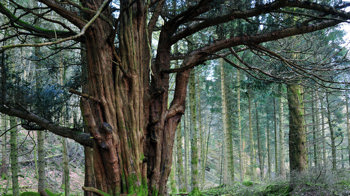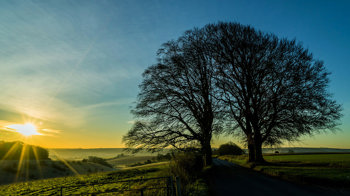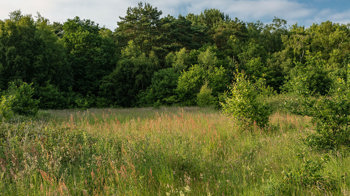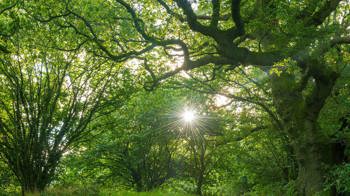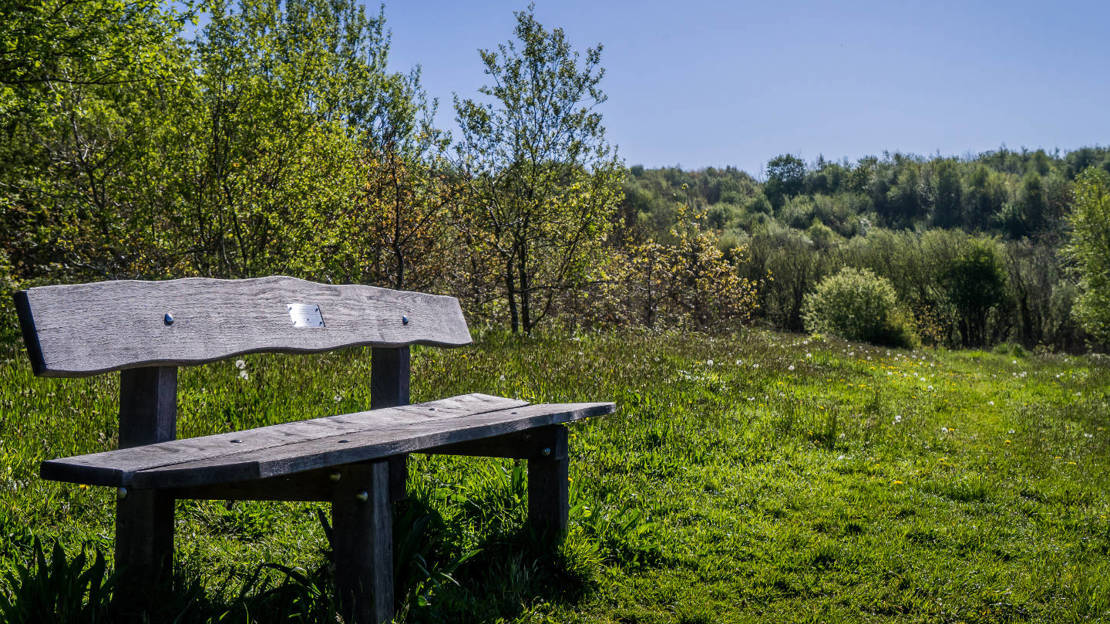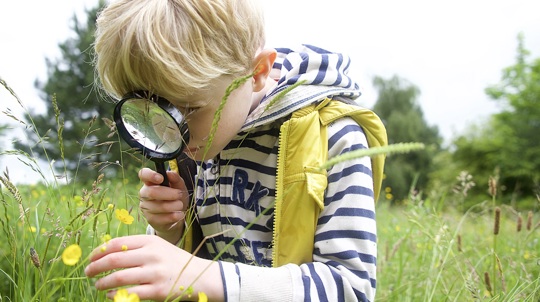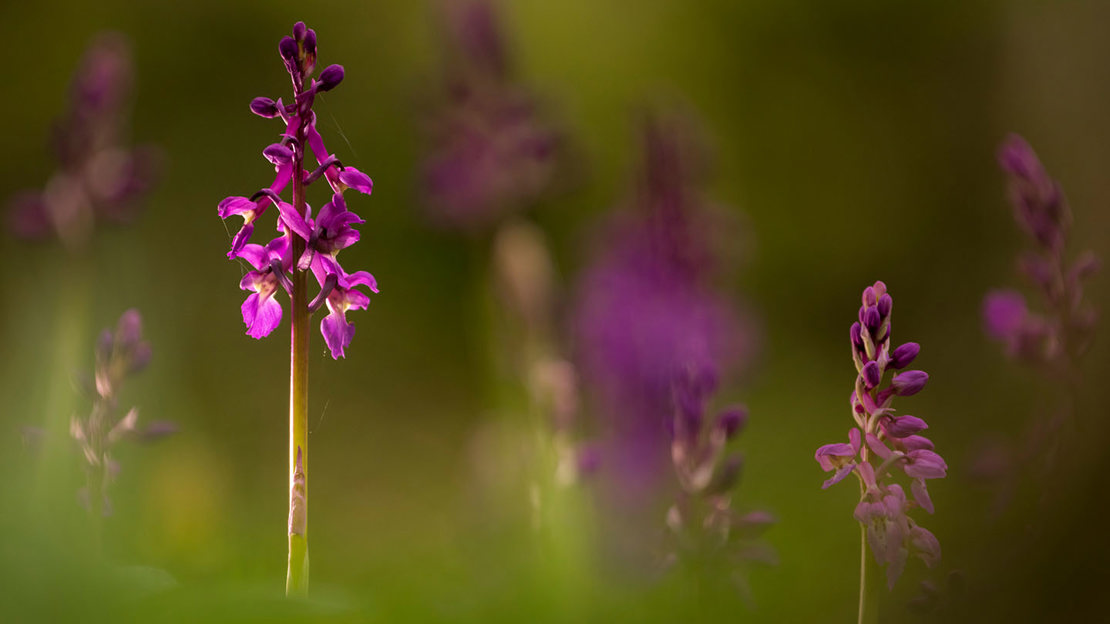A gift from an anonymous donor, the Fordham Hall Estate is a large woodland creation site in eastern England.
Around a quarter of a million trees have been planted along the meandering River Colne on what was once arable farmland. Alongside young woodland there are also flower-rich meadows, which are awash with colour during the summer months.
A new project at Fiddlers Hill meadow will create a wetland environment within the floodplain of the River Colne that spans over five hectares and doubles the size of the existing fen. It will use nature-based solutions like flood water scrapes to help reduce unwanted flooding and create habitats where wildlife and wetland species can thrive.
The scrapes will retain floodwater for longer and allow water to enter the meadow sooner, which should ease downstream flooding and reduce pressure on the section of river at Mill Road.
Alongside the wetland habitats, plans include the establishment of a permanent pond, installing new bat and bird boxes, and planting additional trees and scrub. Information boards around the site will tell visitors about the project and the diverse species that can already be found here. It will be an ideal rest area for users of the Essex Way, with a permissive path guiding them into the meadow to discover the wildlife and delve into the history.
This is a collaborative project involving the Woodland Trust, Essex and Suffolk Rivers Trust, Environment Agency, Essex Wildlife Trust, and Essex County Council. Following the construction phase, the Woodland Trust will oversee the site's daily management and create a comprehensive long-term management strategy.















